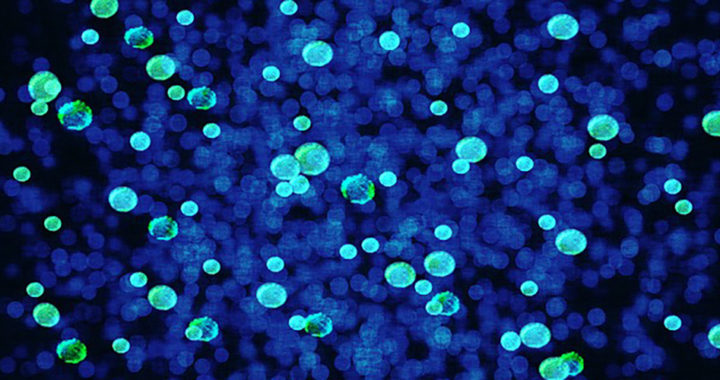Both bacteria and archaea are two of the three major groups of cellular life forms categorized under the three-domain system, which was first introduced American microbiologist and biophysicist Carl Woese in 1977.
Similarities Between Bacteria and Archaea
Archaea were once classified as bacteria. Hence, they were initially called archaebacteria. Furthermore, both are prokaryotes, and as such, they do not have a nucleus and membrane-bound organelles, unlike eukaryotes.
Both bacteria and archaea now represent the two major domains of prokaryotes. It is also important to note that a prokaryote is a unicellular or single-celled organism. It is also asexual, thus reproducing without fusion of gametes.
Shape and size are other general similarities between the two. Under the microscope, both generally look the same. The two also have thread-like structures called flagella that allow them to move through their environment.
The structure of archaeal cells closely resembles gram-positive bacterial cells because both have a single lipid bilayer containing a thick sacculus with varying chemical compositions.
Difference Between Bacteria and Archaea
However, despite their morphological similarities, and although they are considered as prokaryotes, there are still several morphological or structural, as well as biological and cellular differences between bacteria and archaea.
The following are notable distinctions between the two:
• Archaea have genes and metabolic pathways for enzymes involved in transcription and translation that are more closely similar to those of eukaryotes.
• Note that although both reproduce asexually, bacteria only reproduce by binary fusion while archaea reproduce by binary fusion, fragmentation, or budding. Some bacterial species form endospores, while no known archaeal species forms this structure.
• Another difference between the two is the composition of their cell walls. Bacterial cell walls contain a molecule of protein and sugar rings called peptidoglycans. However, archaeal cell walls do not have this composition.
• Most species of archaea thrive in notoriously extreme environments such as hydrothermal vents, highly saline water, and acidic high-temperature water.
FURTHER READINGS AND REFERENCES
- Petitjean, C., Deschamps, P., López-García, P., and Moreira, D. 2015. “Rooting the Domain Archaea by Phylogenomic Analysis Supports the Foundation of the New Kingdom Proteoarchaeota.” Genome Biology and Evolution. 7(1): 191-204. DOI: 1093/gbe/evu274
- Woese, C. R., Kandler, O., and Wheelis, M. L. 1990. Towards a Natural System of Organisms: Proposal for the Domains Archaea, Bacteria, and Eucarya.” Proceedings of the National Academy of Sciences of the United States of America. 87 (12): 4576–4579. DOI: 1073/pnas.87.12.4576





